Have you ever arrived at an event, only to realize you forgot your tickets at home? Or been running late to a meeting, only to have your car break down half way there?
In those moments, you wish you could wave a magic wand to make those problems go away. Sadly, there are no magic wands in life, but there’s always a solution—it just might take some elbow grease.
So today, I’ll be tackling the most common problems small businesses have with Google Ads and 18 ways you can conquer them. With this guide, you’ll be turning your woes into wins so fast, you’ll think it’s magic!

The complete guide to Google Ads for small business
Table of contents
We’ll be practicing our wizardry on five common challenges small businesses face with Google Ads, including how to:
- Compete with a small budget
- Build local awareness
- Drive leads
- Maximize ROI
- Achieve sustainable growth
How small businesses can compete with a small budget in Google Ads
Small businesses need their advertising dollars to stretch further. Contrary to popular belief, small budgets absolutely can compete with big spenders in Google Ads, you just have to know where to look:
1. Choose the right keywords
Your keyword strategy is your key (no pun intended) to maximizing your advertising budget, and choosing the right keywords can save you from wasted spend.
And, no, I don’t mean just lunging towards the cheapest term in your industry. A little PPC keyword research will show that having a balance of high-cost, high-reward keywords along with your branded or low-cost terms is the best way to go.
To find that “Goldilocks” mix of terms, try free keyword research tools like Google’s Keyword Planner or our very own Free Keyword Tool to identify keywords that you either need or can afford to live without.
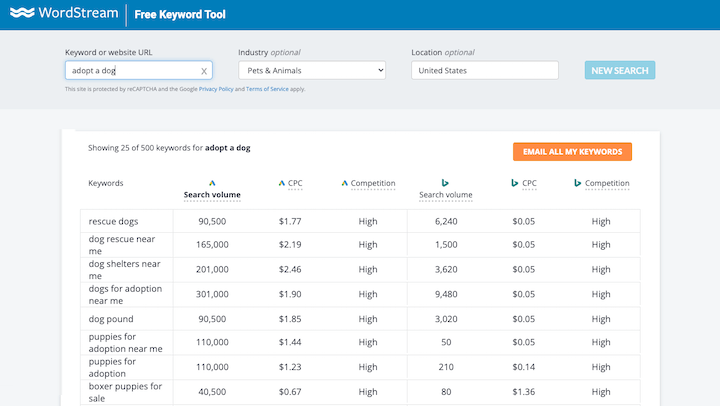
2. Have a holistic Google strategy
What I mean by this is, it’s not just paid results that affect the performance of your paid results. There are plenty of free ways to get on the first page of Google through blogging, Google Business Profile optimizations, and more. And when you appear in multiple places on the SERP, you earn instant credibility and the chances of someone clicking on your paid result are that much higher.
So nail down the SEO basics to show up in organic and local results alongside your ads and double your chances of a click.
3. Try the budget report
Understanding how to pace your Google Ads spending will help you stay on track with your overall small business goals.
To better stay on track with your Google Ads budget, try the new budget report in the Google Ads interface.
Accessible from the campaign view, shared library, or ad groups page, the budget report shows you how much a selected campaign has spent so far, as well as monthly forecasts for overall spend. It even projects how changes to your campaign’s daily budget could impact your performance.
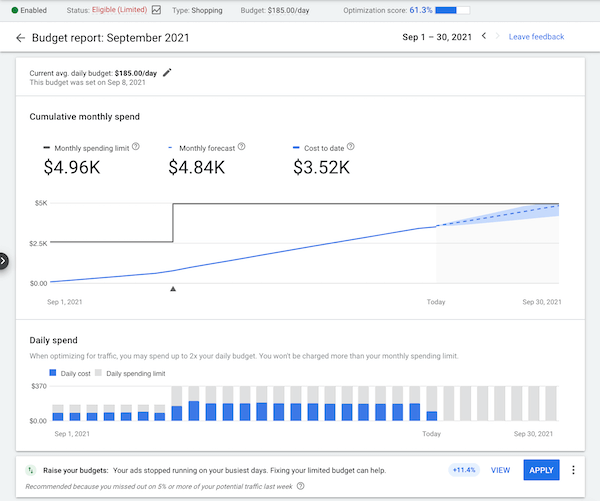
Learn how to use the Google Ads budget report here and save yourself from budget blunders.
How small businesses can build local awareness with Google Ads
Awareness within your local community is the first step in getting your small business to outshine the competition. Not only does this have to happen offline, but online as well in your Google Ads strategy. Especially since 46% of all Google searches are looking for local information, and 72% of local searchers will visit a business within five miles from them. Capture your local audience with these local advertising tips, plus these ones below.
4. Run Google Local Services Ads
Many small businesses are service-based. Luckily, Google has a specialty ad type for many service industries that can improve the matching experience for both the advertiser and the searcher.
Local Services Ads are easy enough to employ as they’re managed right from your Google Business Profile, and you’ll only get charged for qualified leads. These ads are specifically made to reach customers within your service area—and Google also has users confirm their location and service they’re seeking before connecting them to you—making them a great option for getting more attention from relevant local markets.
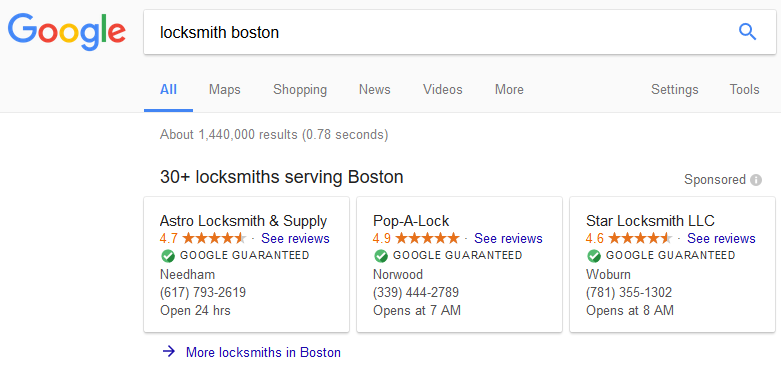
5. Don’t neglect impressions
Small business owners are quick to focus on the bottom line. Understandably so. However, while there are many PPC metrics that can tell you how well you’re using your ad spend, there is one metric that sadly gets overlooked.
If you want local awareness, your impression share in the local market matters. Use tools like Google Trends to identify searches that are popular within your local community and target keywords associated with those searches with your Google Ads. Don’t be disappointed if you’re only pulling in impressions, that’s still a win for a small business!
6. Remember DKI or local terms when applicable
Google’s DKI (dynamic keyword insertion) automatically inserts terms into your ad’s headlines or descriptions to match the searcher’s query in real time. Many small business advertisers use this hack to match up to multiple different location names within their targeted area.
If DKI isn’t for you, remember to at least include location-based language, like “near me” in your keywords and ad copy. In fact, searches for “near me” or “close by” have grown by more than 900% over recent years, so those types of terms can be easy keyword wins.
7. Use geotargeting
A major theme in local PPC is, of course, geotargeting. While tailoring your keywords and ad copy to your local market is important, geotargeting is what pulls your local strategy together.
When you implement geotargeting, you’re being selective of where, geographically, your ads will show. Limiting your ads to audiences within a certain location will help you maximize your budget as well as your impression share within that area.
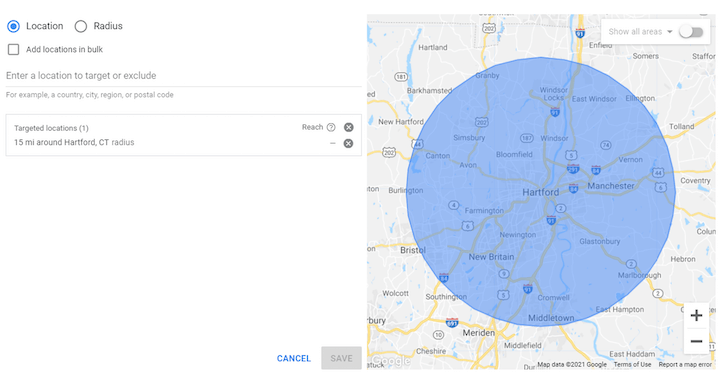
8. Run a SWOT analysis
A local strategy can help you to compete with bigger businesses, but you’ll still be up against with other small businesses in your area. Conduct a SWOT analysis so you can understand your strengths and weaknesses with respect to your competitors and identify unmet needs to target with your ad copy.
How small businesses can drive leads with Google Ads
While local awareness is helpful, pulling in customers is what seals the deal for any business—big or small. But driving leads and conversions from Google Ads can often-times be a small business’s biggest challenge.
Hearing virtual crickets after putting all of that effort into your account structure can be discouraging, but don’t let it get in the way of your account’s potential! Use these tips and you’ll have folks begging to become leads for your business:
9. Drive traffic to your website
You could have the strongest ads in the world, but if they never bring you website visitors, they will never convert. Increasing traffic to your website is a must if you want leads, so use traffic as a starting point to focus your Google Ads energy on.
For example, running top-of-funnel ads can help spark interest and get viewers to click to your website. You can then make sure you have lead magnets set up on your website to engage visitors and collect their information. As you continue to grow traffic and leads start trickling in, you can then begin to gather data and refine your strategy.
 This top-of-funnel display ad entices viewers to click to Icon’s website for a tour.
This top-of-funnel display ad entices viewers to click to Icon’s website for a tour.
10. Always use ads with strong CTAs
This might feel like a given, but a call to action can truly make or break your ad’s capability to generate leads. Pre-qualify your audience with your ad copy. When your ads are clear on the action your users should take, they will have a better idea of whether they actually want to click and convert.
The last thing you want is to pay for a click from someone who is confused and then bounce, rather than convert on your landing page. So, always be sure to double-check that your call to action is killer through the use of clear and enticing language.

11. Leverage ad extensions
Aside from driving traffic to your website, there are a few other ways you can get more leads with PPC.
One way is through ad extensions on Search ads.
For example, lead form extensions allow viewers to fill out their information right from the SERP. The same concept applies to call extensions. Sitelinks, the extra links you can apply underneath your ad text, can also help your lead generation efforts by increasing traffic to your site since they give users something else to click on. Or, take sitelinks a step further and lead them directly to another conversion source, like a contact or purchase page.
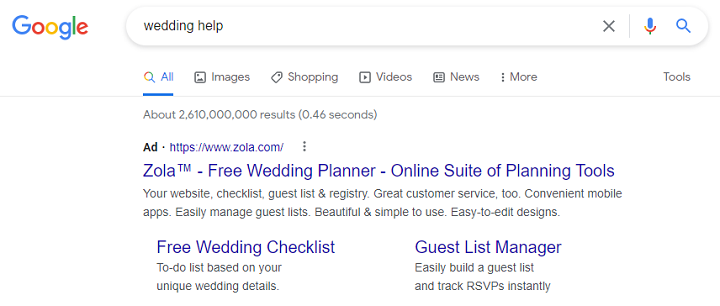
In this example, the viewer could click on the headline to download the tool, or click the “wedding checklist” sitelink to convert instead.
How small businesses can maximize ROI with Google Ads
Okay; you have your awareness, you have your leads, and all without breaking the bank. At this point, you might feel like your Google Ads account is flying on cruise control. But how do you know you’re getting the most bang for your buck?
The good and bad news (depending on how you look at it!) is that when it comes to Google Ads optimization for small businesses there’s always more work to be done. Remember these three tips when you’re wondering what’s next, because the more leads you can bring in for less, the better.
12. Perform regular audits
“Ignorance is bliss” is not the mantra you want to have in PPC! Performing regular account audits will help you to find optimization opportunities to squeeze the most ROI out of your ads.
If you’re not consistently checking in on your account, you could have budget bleeds you’re not even aware of. This could mean checking in on things like keyword costs, ad strength, ad schedules, and more.
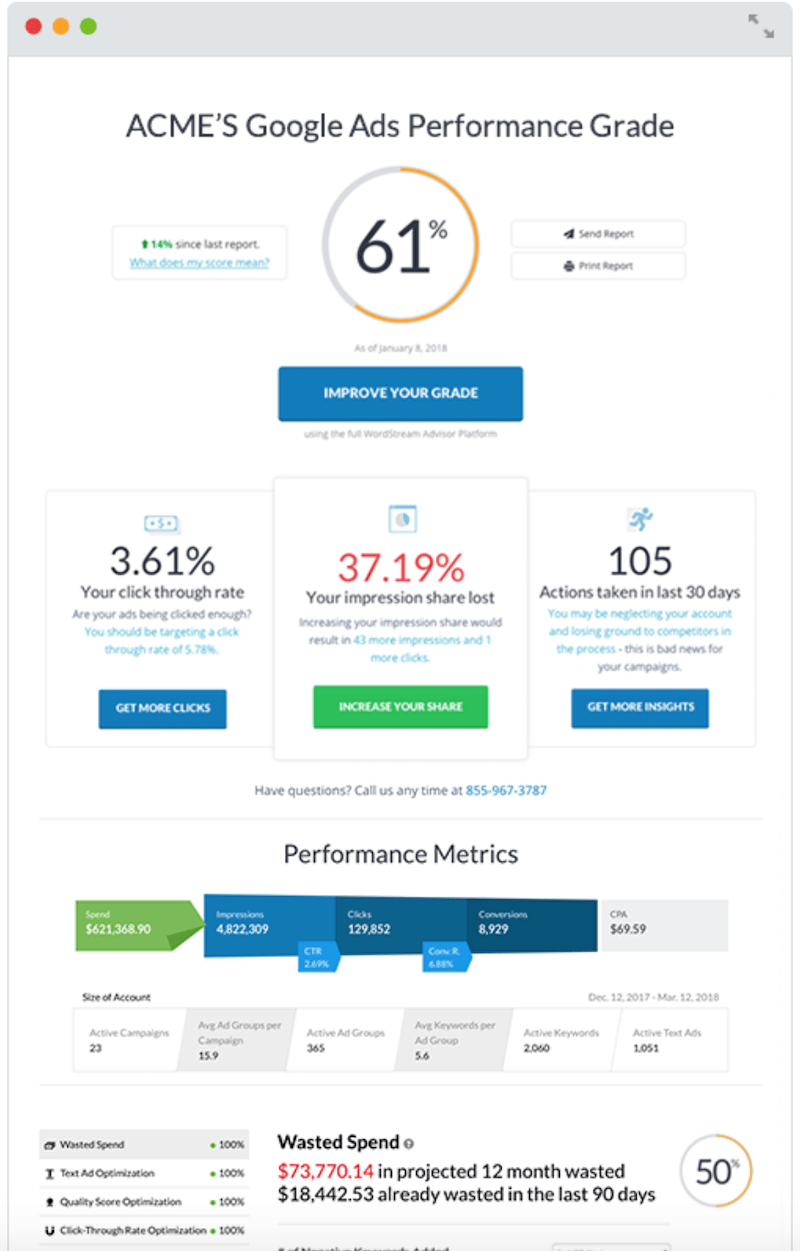
Complete your audits in a cinch with the free Google Ads Performance Grader.
13. Know your bidding strategy options
Bidding can make all the difference in your return on ad spend (ROAS). In fact, there are options within automated bidding to even optimize for a certain cost per acquisition or ROAS.
If you feel like you’re not getting the return you should be, your bidding strategy is the first place I’d suggest looking. You could be bidding far more or less aggressively than you need to, which changes your position on the SERP and your likelihood of pulling in quality clicks or conversions.
If you need help choosing a bidding strategy, check out our full breakdown of the pros and cons of every automated bidding strategy in Google or see the automated bidding strategy tutorial in our Google Ads training course round-up.
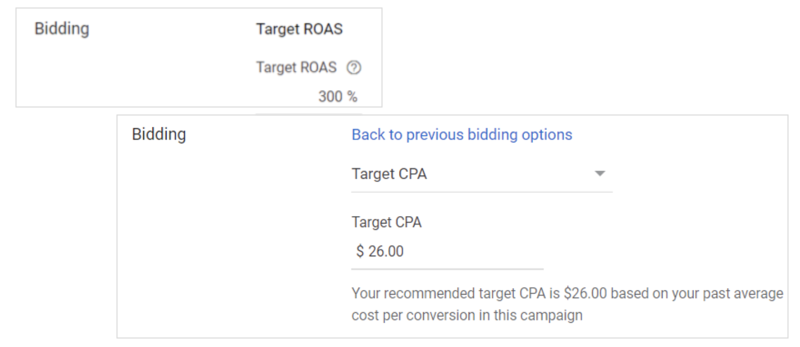
14. Focus on lead generation first
Small businesses are often guilty of focusing on their Google Ads ROI first when starting out in PPC. As tempting as that may be, putting your efforts into bringing leads in first, rather than customers, will bring you a better return in the long run. The more leads you bring in, the more they will offset your costs.
15. Spend money to make money
If you aren’t bidding or spending enough to compete, your ads won’t drive enough activity for you (or Google) to analyze and inform your optimizations. In other words, you have to spend enough money if you want to make money from Google Ads. Otherwise, you’re wasting what little you do spend.
And if at first your CPA is high or ROAS is low at first, don’t pull back your budget! Because this could likely mean even lower results. The margins may be small at first, but you can rinse and repeat our tips to see your ROI rise.
Don’t fret about putting a chunk of budget behind a campaign if it’s likely to convert.
How small businesses can achieve sustainable growth with Google Ads
In order for your small business to continue growth in the Google Ads world, you’ll want to retain customers by providing consistent value unique to your brand.
After all, the cost of acquiring a new customer can be up to 30 times that of keeping an existing one. Here is how you can build customer loyalty to keep folks coming back to your business again and again:
16. Implement a multichannel strategy
If you want to keep your customers engaged, you’ll want to catch their attention in multiple places. Google now has tons of options to run ads at points throughout your buyer’s journey, like Shopping, Display, Performance Max, and more. A multichannel Google Ads approach will help to implement longer-term strategies, like remarketing, to continue growth once your initial audience has been covered.
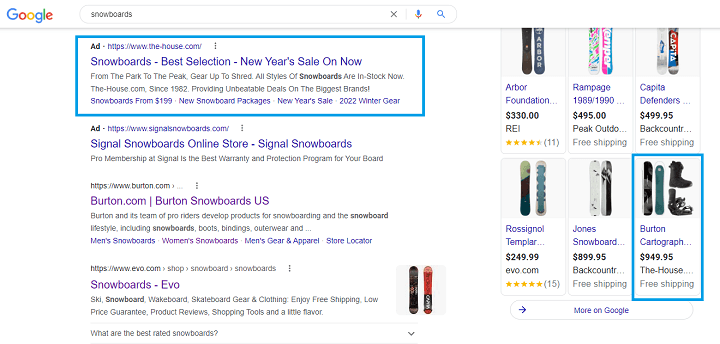
This retailer is running both Search and Shopping ads to catch the viewer regardless of which route they click to.
17. Invest in a CRM
A small business is only as good as its internal processes. Once you bring in all your leads through Google Ads, be sure you have a way to track and nurture them to avoid missed opportunities. A customer relationship management software can do just that to help you keep customers engaged in the long run.
Plus, you can start to collect personal identifiers that you can recycle back into your personalized advertising. A CRM will also save you time allowing you to spend more of it optimizing your Google Ads account.
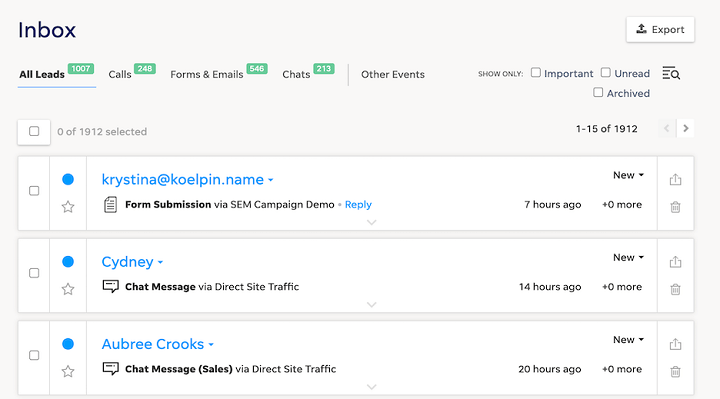
You can learn more about CRMs for small businesses here.
18. Keep track of the data
As your Google Ads account continues to grow, so will your historical data. PPC metrics that can clue you into your next steps, so be sure to familiarize yourself with the metrics that matter most to your business.
There are plenty of free PPC reporting options within Google’s infrastructure and across the web. Find what works for you and your business—there is no “one size fits all” solution.
Once you’re comfortable with the reporting and analysis part, be sure to have a routine set in place for regular reporting check-ins to hold yourself accountable. This will help you consistently track your performance against your set goals.
However, you won’t just want to focus on your own data. Be sure to be stacking yourself up against competitors as well. Check Industry-specific advertising benchmarks to see how you compare and use them as a driving force for improvement across your account.
This will help you keep up with competition in the industry while also addressing your biggest competitor: you!
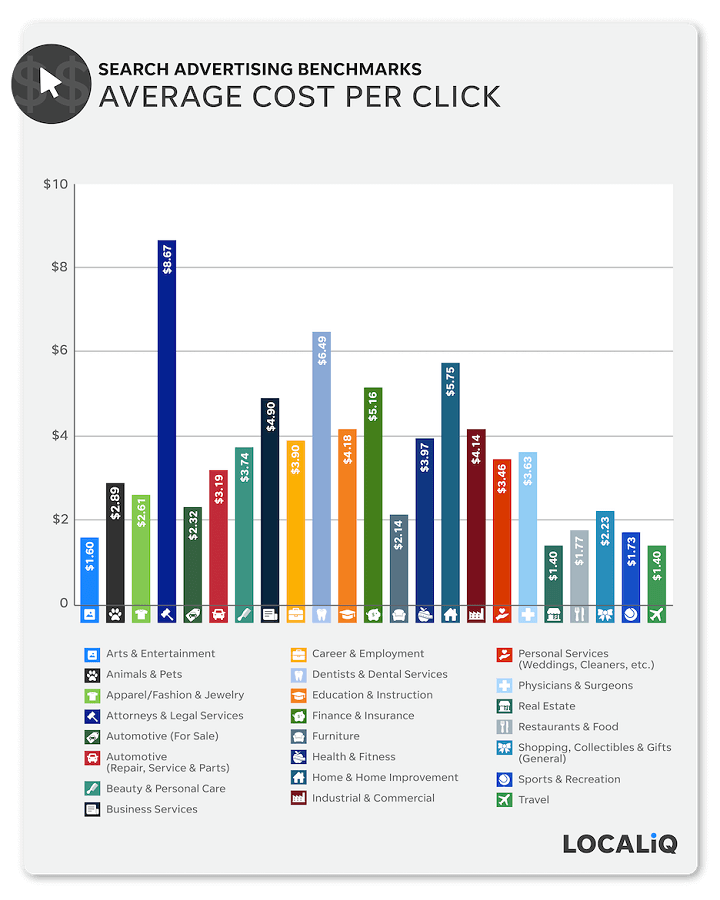
See the full paid search ads benchmarks report here.
How to do Google Ads for small business [recap]
Poof! A small business Google Ads victory
You might not be a wizard, but you can officially consider yourself a small business Google Ads wiz. Whether you’re trying out new features or finally implementing that CRM, you’re now making the moves to take your small business Google Ads account to the next level using this guide. Just remember:
When you need to make your budget stretch…
- Go back to your keyword research basics.
- Be sure you’re using free Google products alongside Google Ads.
- Check out your budget reports.
When you need to source a larger local audience…
- Give local service ads a go.
- Don’t neglect the impressions metric.
- Double check for DKI and local-based keywords.
- Use geotargeting.
- Run a SWOT analysis.
When you want more customers…
- Traffic comes first, then the customers.
- Lead with CTAs to save the day.
- Ad extensions can be your new best friends.
When you want the best bang for your buck…
- Always be auditing.
- Know your bid strategy options like the back of your hand.
- Focus on leads first, then conversions.
- Spend money to make money.
When you’re looking to grow in the long run…
- A multichannel account is a happy account.
- CRMs can be worth the investment.
- Keep yourself on track with consistent reporting.
The post The [Survival] Guide to Google Ads for Small Business appeared first on WordStream.
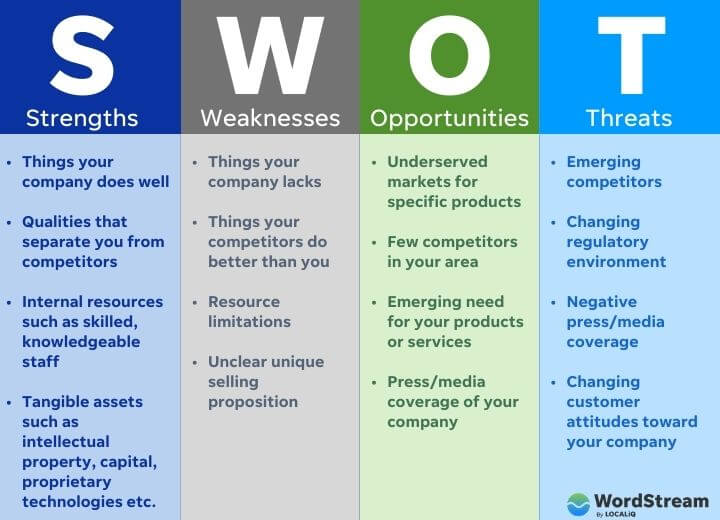




Recent Comments